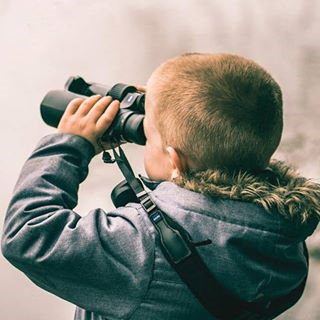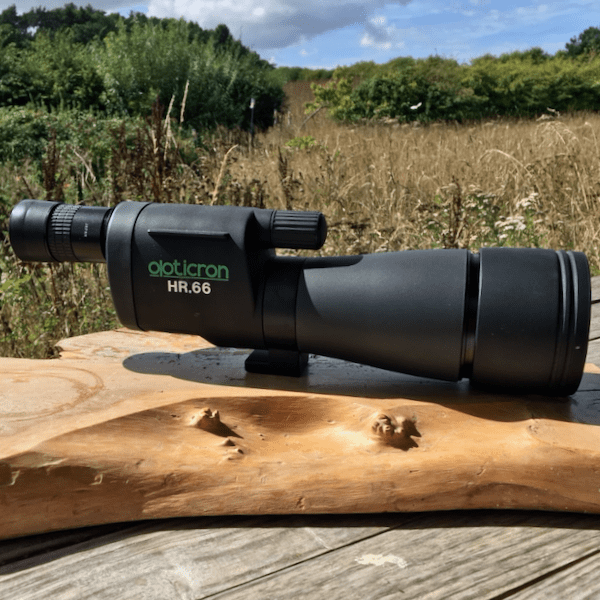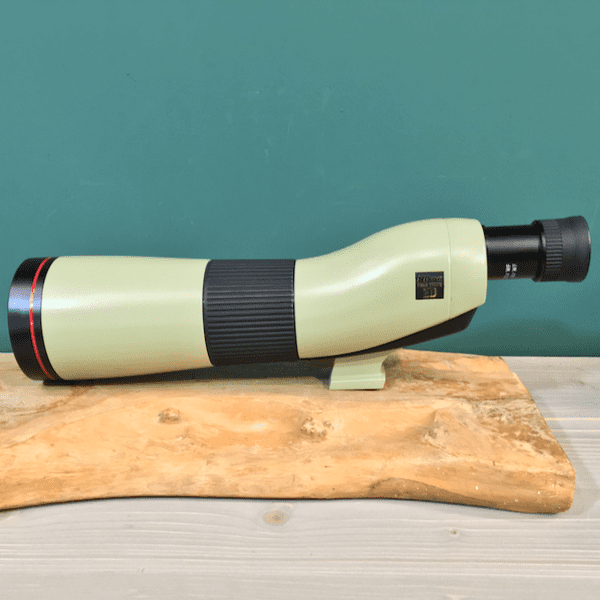Snett_dweller
Member
I’d appreciate advice on a straight scope for occaisional use. I have a caravan at RSPB Snettisham so won’t be walking far. I use Swarovski 8x32 binoculars and love them, but spoonbills tend to like the middle of the gravel pits and curlews have started coming to the beach (I.e. mudflats) and I’d like to see them closer. I have an old Hawke angled scope from my shooting days 20-60x60mm which has convinced me that angled scopes are a PITA and I fancy trying a straight scope.
I am a fair weather birder but would like a small unit to put in my backpack as we walk around Norfolk and have seen a Kowa TSN-502 for £250 and the Vortex Razor HD 11-33x50 for about £350 which seem almost impulse-buy prices. I’d like the Swarovski STC or STS65 but would like to spend a season using an inexpensive purchase first - if I get a lot of use I am happy to upgrade, if I don’t use it much then better to waste a little than a lot.
I am hoping to hand hold at low mag and use a monopod for higher mags - for the curlews I’ll have a deckchair outside my caravan, for the spoonbills I’ll generally be in one of the hides.
Do I have a ridiculously unrealistic idea of what I can achieve? I know the tripod and head need to be budgeted for on a scope purchase but the Swaro adverts for the STC show it being handheld and surely they can’t be lying to me...
I’ve often thought of getting some Canon IS binoculars but they top out at 18x and hopefully a monopod and small scope will offer me more.
I’d appreciate any input, no matter how brutal.
I am a fair weather birder but would like a small unit to put in my backpack as we walk around Norfolk and have seen a Kowa TSN-502 for £250 and the Vortex Razor HD 11-33x50 for about £350 which seem almost impulse-buy prices. I’d like the Swarovski STC or STS65 but would like to spend a season using an inexpensive purchase first - if I get a lot of use I am happy to upgrade, if I don’t use it much then better to waste a little than a lot.
I am hoping to hand hold at low mag and use a monopod for higher mags - for the curlews I’ll have a deckchair outside my caravan, for the spoonbills I’ll generally be in one of the hides.
Do I have a ridiculously unrealistic idea of what I can achieve? I know the tripod and head need to be budgeted for on a scope purchase but the Swaro adverts for the STC show it being handheld and surely they can’t be lying to me...
I’ve often thought of getting some Canon IS binoculars but they top out at 18x and hopefully a monopod and small scope will offer me more.
I’d appreciate any input, no matter how brutal.










